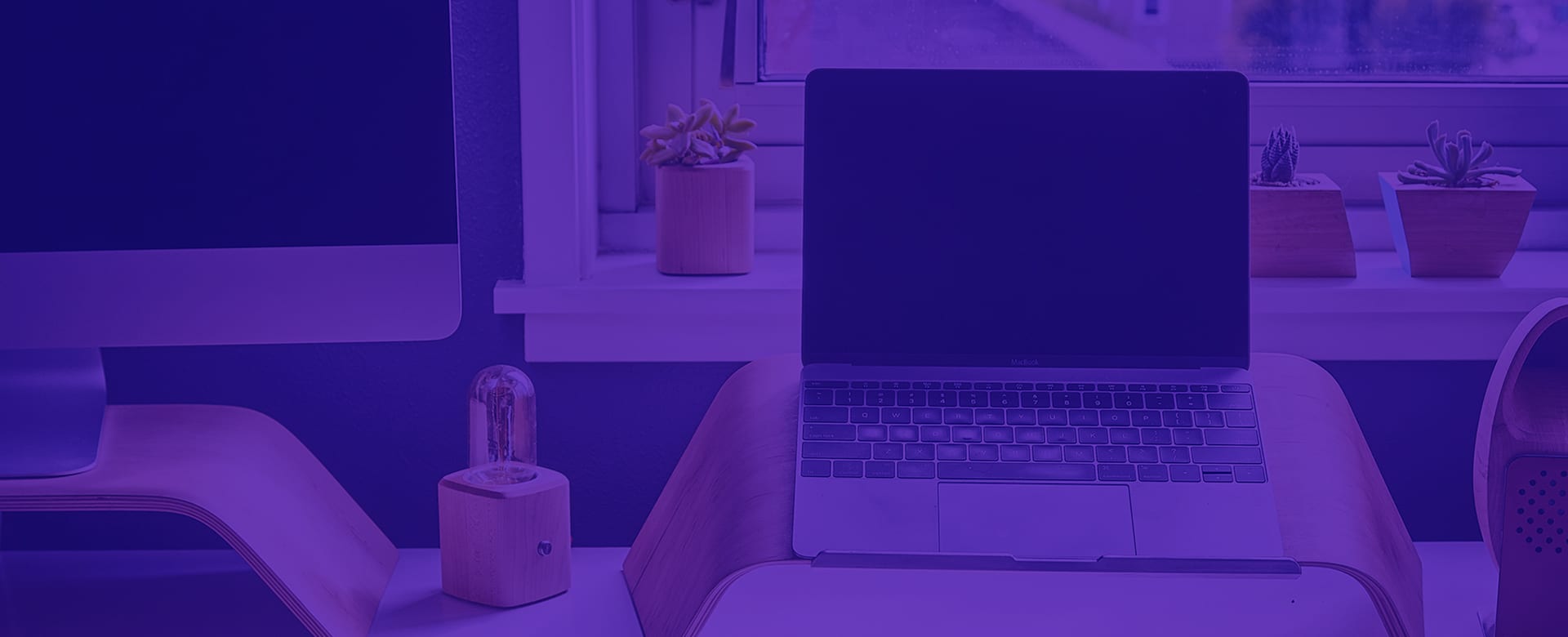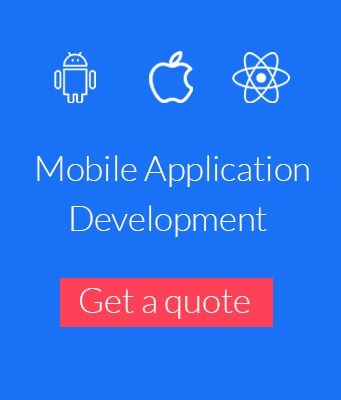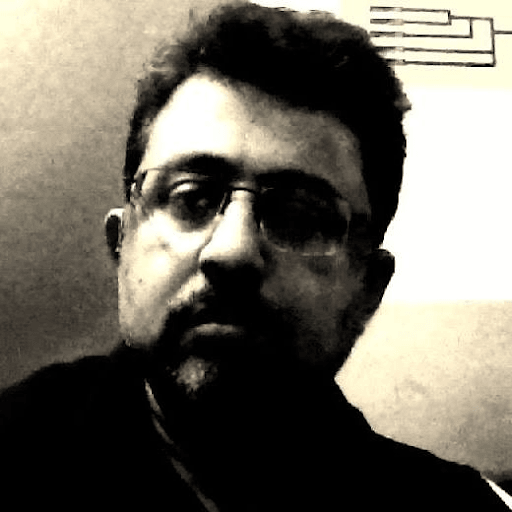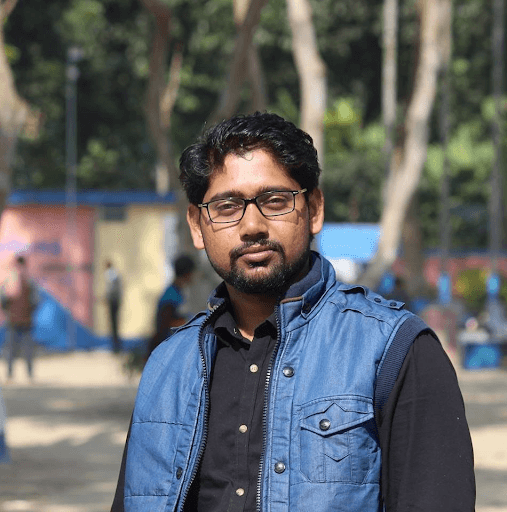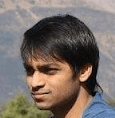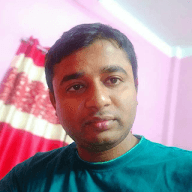Computing Power Required to Generate AI-Generated Images and Ghibli-Style Artwork
In recent years, AI-generated images have become incredibly realistic, detailed, and stylized, with models capable of mimicking everything from photorealistic portraits to artistic masterpieces like Studio Ghibli animations. However, generating these images requires significant computing power, which varies based on the complexity of the image, the AI model used, and the hardware available. In this blog, we will explore the computing power necessary for AI image generation, particularly focusing on Ghibli-style artwork.
Understanding AI Image Generation
AI-generated images are created using deep learning models such as Generative Adversarial Networks (GANs), Variational Autoencoders (VAEs), and Diffusion Models. These models train on vast datasets to learn patterns, textures, and styles, enabling them to produce high-quality images based on text prompts or initial sketches.
Some of the most popular AI image generation models include:
- Stable Diffusion
- DALL·E 3
- Midjourney
- DeepDream
When it comes to stylized AI-generated images like those inspired by Studio Ghibli, AI models must understand and replicate soft textures, vibrant colors, and intricate hand-drawn elements, making the computational requirements even more demanding.
Computing Requirements for AI Image Generation
The power required for AI-generated images depends on the following factors:
1.Model Size and Complexity: Larger models like Stable Diffusion XL or Midjourney V6 require more memory and compute resources.
2.Resolution: Higher-resolution images require more GPU power and VRAM.
3.Iteration Count: Generating an image in a single step versus multiple refinement steps affects computational demand.
4.Real-Time vs. Batch Processing: Real-time generation, such as AI-assisted animation tools, demands higher computing resources.
For Ghibli-style images, AI models need to focus on soft shading, intricate linework, and detailed textures. This requires models trained on high-quality anime-style datasets and more computational power to fine-tune outputs.
How to Generate Ghibli-Style AI Images Efficiently
If you're interested in creating Ghibli-style AI-generated images, consider these options:
a)Using Cloud-Based Services: Services like Midjourney, DALL·E, or Stable Diffusion hosted on RunPod allow users to generate images without needing high-end local hardware.
b)Optimizing Local Hardware: If running locally, use an RTX 3090+ GPU with at least 24GB of VRAM for optimal performance.
c)Model Fine-Tuning: Train models on Ghibli-style datasets using DreamBooth or LoRA for more personalized outputs.
d)Generating in ChatGPT: OpenAI's ChatGPT Plus users can access DALL·E 3 for AI image generation. To generate a Ghibli-style image, simply enter a detailed text prompt describing the desired style, character, and environment. Refining the prompt with additional details, such as lighting, brushstroke effects, or background elements, can help achieve a more accurate result.
Generating AI images, particularly highly detailed and stylized ones like Ghibli-style artwork, requires significant computing power. While cloud-based solutions make this accessible, professionals working on AI art projects should invest in high-performance GPUs with substantial VRAM. As AI continues to advance, computing efficiency will improve, making high-quality image generation even more accessible.
At TechScooper, we stay ahead in AI and computing trends to ensure businesses can harness the power of AI for creative and commercial applications. Learn more about our AI and machine learning services, software development, and digital marketing solutions. Stay tuned for more insights into AI and deep learning technologies!



